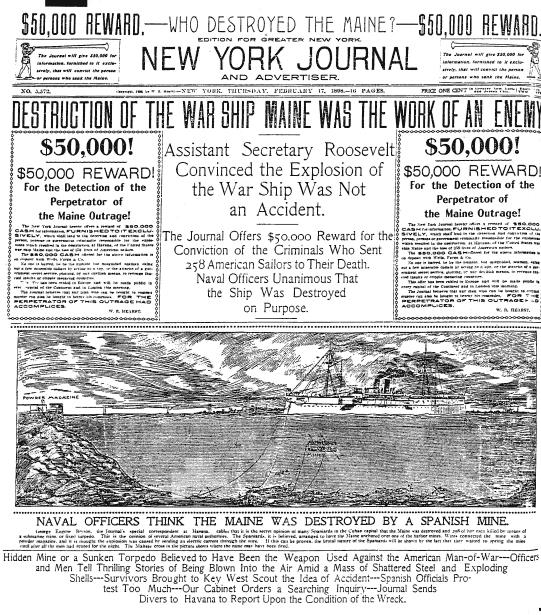President Barack Obama’s visit to Cuba has been heralded as a “new beginning“ for Washington and Havana. The American embassy in the Cuban capital has been reopened, and travel restrictions for U.S. citizens are being relaxed. But despite their so-called “thaw,” the U.S.’s relationship with Cuba is still deeply tangled. It has been since the 19th century—and central to the two countries’ ugly history is Guantánamo Bay.
La Bahía de Guantánamo is a saltwater lagoon 40 miles to the east of Santiago de Cuba. Before 1492, Puerto Grande, as Columbus named the bay, was productive hunting and fishing ground for the indigenous Taínos and their predecessors. Since there are no defensive bluffs at the harbor entrance, the Europeans did little to develop the lagoon beyond building villages and the nearby town of Guantánamo.
Things began to change as Cubans fought for independence from Spain in the wars of 1868–1878 and 1895–1898. The United States was never going to stay on the sidelines; while a proposal to annex Cuba was rejected in Congress, U.S. senators followed events in Cuba very closely and provided material support to the rebels.

